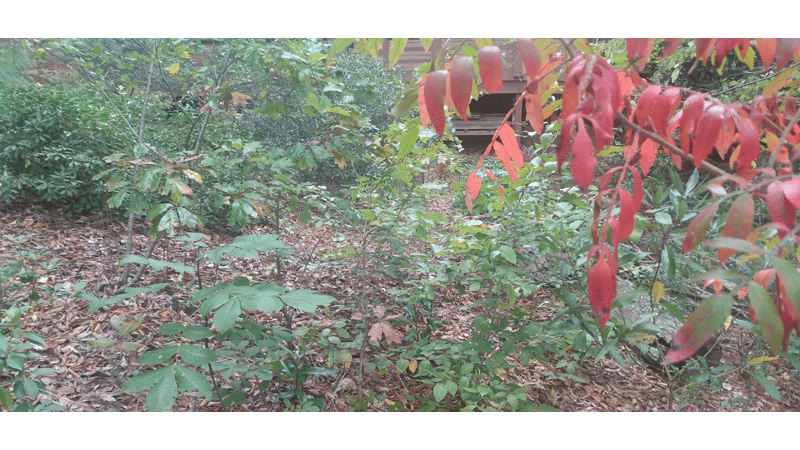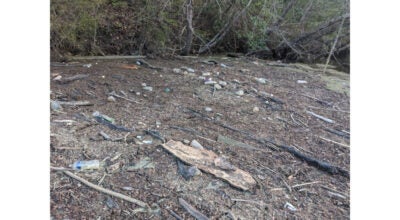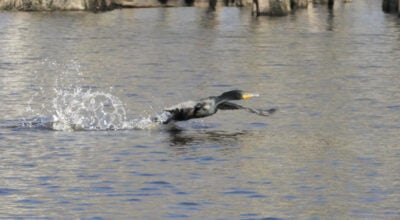‘Succession’ Ecosystems change
Published 5:07 pm Wednesday, February 2, 2022

- In this patch, joining succession, is the Wing Sumac (Rhus copallinum), a native understory tree growing to about 25 feet. In the picture you can see the brilliant autumn foliage. There are four species, all with different characteristics. (Photo submitted by Stella Payne)
|
Getting your Trinity Audio player ready...
|
By Stella Payne
Virginia Master Naturalist
The dead, huge Beech tree was removed leaving a large hole in the upper canopy and an empty space at ground level. At this point I felt compelled to immediately fix this void. The prospect of forking out money and the effort to plant a sizable tree, squashed any enthusiasm for action. Besides, I had lots of other trees in my yard. On a smaller scale, in the front yard, I have succession going on, so why not let succession happen on a bigger scale in my backyard.
For several years I watched and waited to see who would volunteer, a thrilling and leisurely experience. Hickory Pignut, Beech of course, Wing Sumac, a variety of Oaks, Southern Magnolia, and many more native species have arrived in a nine-foot square space, all competing with each other.
I am very pleased to see several species of oaks and the Hickory in this competition. I lost my only mature white oak 20 years ago to a storm. My only Hickory, a neighbor removed. It was on the boundary close to their house. Now these 6-foot saplings, in the succession plot, are a good distance from neighbors and in a good position from my house.
Pignut Hickory (Carya glabra) is a tree that supports hundreds of the Lepidoptera (insect) species. It will mature to between 50 and 75 feet. In my lifetime I may see it grow to 30 feet. Hickory is the preferred wood for smoking hams. I do want this tree to succeed to give diversity to my yard. There are very few growing in the neighborhood. And off course I do want an oak to succeed, but there are many mature oaks close to where I live.
In this patch, joining succession, is the Wing Sumac (Rhus copallinum). A native understory tree growing to about 25 feet. In the picture you can see the brilliant autumn foliage. There are four species, all with different characteristics. Sumacs can be a bush to a small tree. It is a useful species for a small garden. The trunks are short and the branches spreading. Its habitat is mostly dry sandy or rocky forests, edges, roadsides and clearings. Aromatic sumac (Rhus aromatica) is low-growing with fragrant 3-parted leaves. It is an underused native tree that would be an asset to an urban garden.
I am glad I was patient to allow the cycle of succession to do its thing. It will be interesting, as the years go by, to see who will make it to the top canopy. The concept of “succession” is fascinating and worth applying to any patch of land.





